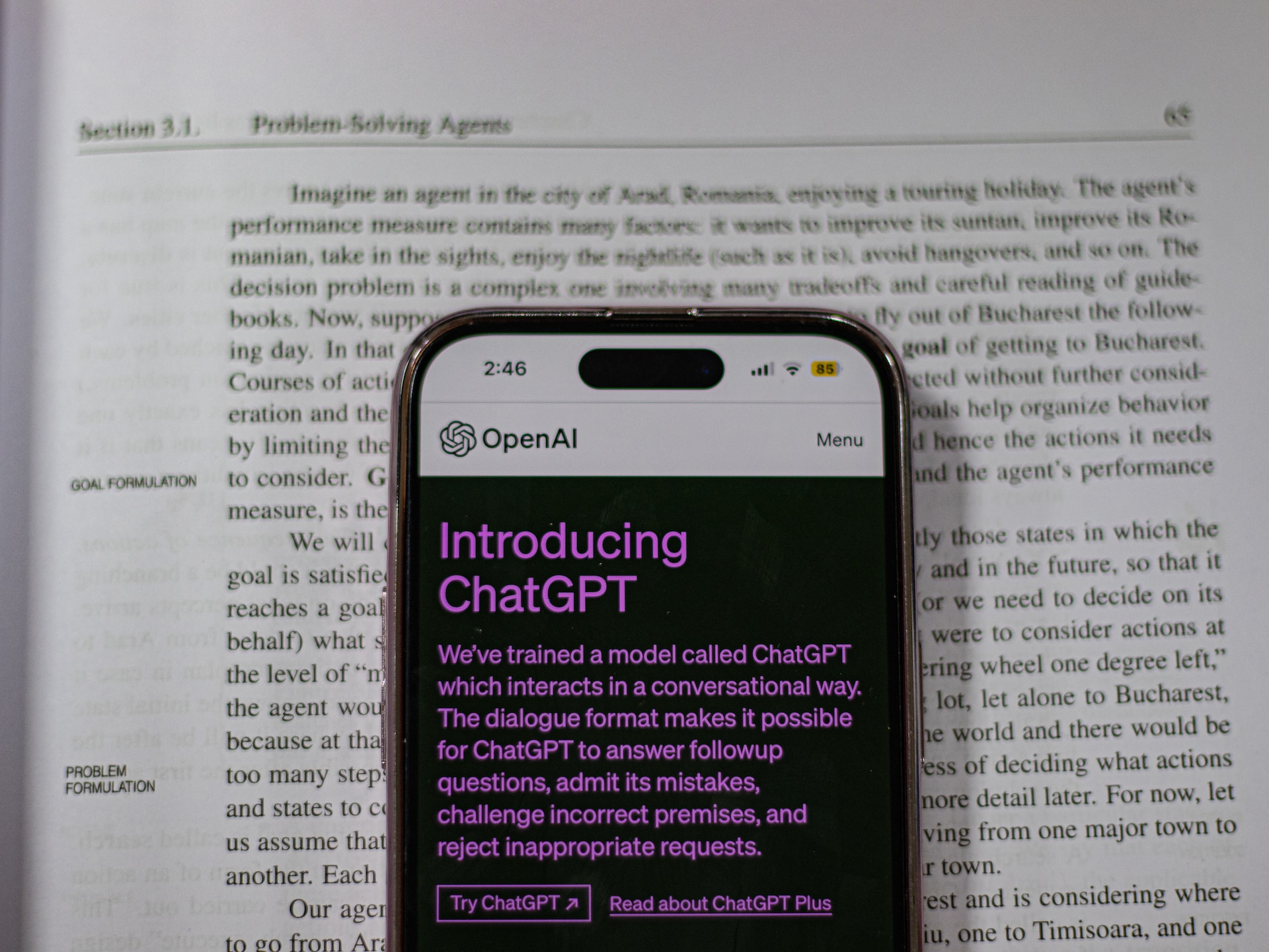When interacting with an AI-powered chatbot, the conversation's quality often depends on the prompt provided. In this guide, we'll explore tips and best practices for creating engaging prompts that will help you get the most out of your experience with ChatGPT.
Why Prompt Structure Matters
Effective communication with AI models like ChatGPT relies heavily on how the input prompts are structured. A well-crafted prompt elicits accurate and relevant responses, making the conversation more engaging and productive.
What are Best Practices for ChatGPT?
Set context
Be clear and specific
Avoid ambiguity
Breakdown complex questions
Include constraints (like word limit)
Clarity and Specificity
Being clear and specific with your prompts ensures that the AI understands your query and provides a relevant answer. For example, asking "What are the benefits of exercise?" may yield general responses, whereas "What are the top five benefits of regular cardio exercise for heart health?" generates more targeted information.
Avoiding Ambiguity
Ambiguous language can lead to confusion and unexpected responses. Instead of asking, "
How do I grow my business?", try phrasing it like, "What are some marketing strategies I can try for a SaaS platform?"
Breaking Down Complex Questions
Long and convoluted questions can be overwhelming for both AI and human readers. Instead of asking, "What is the impact of climate change on agriculture, and what can we do to reduce these effects?", break it down into smaller questions like, "What are the main consequences of climate change on agriculture?" and "What strategies can be implemented to reduce the impact of climate change on agriculture?"

Making Your Prompts Actionable
Asking for Steps or Processes
To get actionable responses, consider asking for steps, processes, or guidelines. For instance, instead of asking "How do I become a better public speaker?", try "What are five actionable steps I can take to improve my public speaking skills?"
Requesting Examples or Comparisons
When seeking guidance or clarification, ask for examples or comparisons. Instead of inquiring, "What are some project management methodologies?", ask, "Can you compare and contrast Agile and Waterfall project management methodologies?"
The Power of Constraints
By setting constraints, you can guide the AI's responses to align with your requirements.
Time Constraints
Including a specific time period in your prompt can help obtain more relevant information. For example, "What were the most significant technological advancements in the last decade?"
Word or Character Limits
Limiting the response length can be helpful, especially when you need concise answers. Try using prompts like, "Can you explain blockchain technology in 100 words or less?"
Quoting Experts and Citing Data
Incorporate expert opinions or data-driven insights to enhance the value of AI-generated responses. For example, instead of asking, "What are the best practices for remote work?", try, "What remote work best practices do productivity experts recommend?"
Creating Engaging Conversations
To make your interactions with ChatGPT more dynamic, consider using conversation starters or posing open-ended questions. For example, "What do you think the future of AI in education will look like?" or "How might AI change the way we approach marketing in the coming years?"
How do I get better responses out of ChatGPT?
After the initial output from ChatGPT, ask follow up questions. You can also ask ChatGPT to clarify something you didn't understand in the original output. You can also ask ChatGPT to expand or elaborate on a specific point it made.




